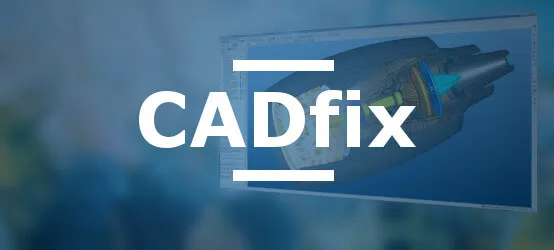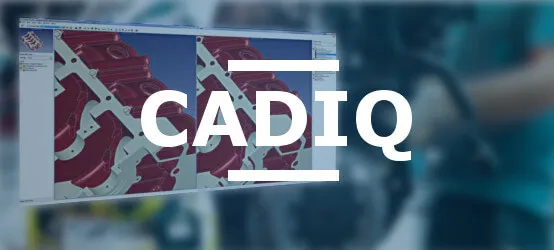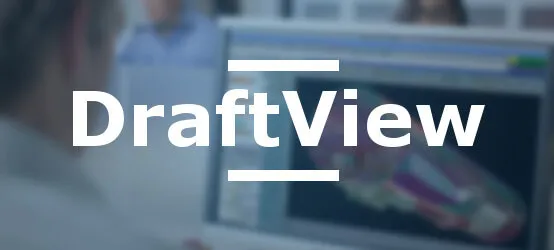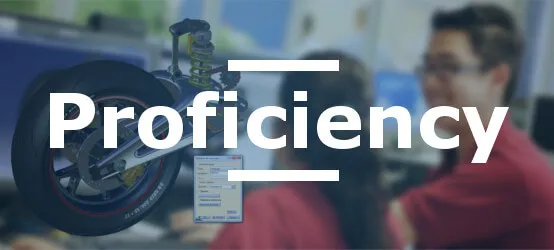In 2025, nearly 65% of engineering projects experience significant delays due to CAD data migration issues. This reality particularly affects manufacturing companies that, following a merger-acquisition or facing system obsolescence, must transfer thousands of 3D and 2D models to a new platform. A European automotive manufacturer recently experienced this: after changing their main CAD system, their engineering team found themselves unable to effectively utilize more than 15 years of design history, compromising the development of their new vehicle range.
Migration between CAD systems represents much more than a simple file transfer. It constitutes a major technical and strategic challenge where every detail matters. Preserving design intelligence - the ability to maintain construction history, parametric relationships, and designer intentions - represents the main difficulty. Without it, models become rigid, impossible to modify effectively, transforming a strategic asset into simple fixed geometry.
Faced with these critical challenges, specialized solutions have emerged to ensure successful digital transitions. These technologies offer different levels of conversion according to needs:
- Precise geometric conversion - To faithfully transfer 3D models while preserving essential dimensional constraints
- Advanced parametric migration - To maintain complete model intelligence, allowing future modification without reconstruction
- Independent validation - To certify the conformity of converted models compared to originals
Our expertise covers all major CAD formats on the market, including CATIA V5 (up to V5-6 R2024), CATIA V4, ProE/Creo (up to CREO 10), NX, SolidWorks (up to 2024), as well as neutral standards like STEP (AP203, AP214, AP242), IGES, Parasolid, JT and many others. This extended compatibility allows us to meet the most complex migration needs, regardless of the combination of source and target systems.
The benefits of professionally managed CAD migration extend far beyond the technical framework:
- Drastic reduction in time-to-market through immediate reuse of existing designs
- Substantial savings through process automation, avoiding costly manual reconstruction
- Preservation of the company's intellectual capital, often accumulated over decades
- Unification of working methods following reorganizations or mergers and acquisitions
- Elimination of risks of errors inherent in approximate manual conversions
Our catalog of specialized solutions includes proven technologies such as CADfix for high-precision geometric conversion, Proficiency for complete parametric migration, DraftView for 2D drawing management, CADIQ for independent validation, and DEXcenter for automation of conversion workflows.
Whether you are facing post-acquisition consolidation, legacy system modernization, or alignment with your industry standards, our solutions ensure a smooth transition to your new technical environment. Explore our detailed articles to discover how to transform what is often perceived as an insurmountable technical obstacle into a strategic opportunity for rationalization and innovation.

